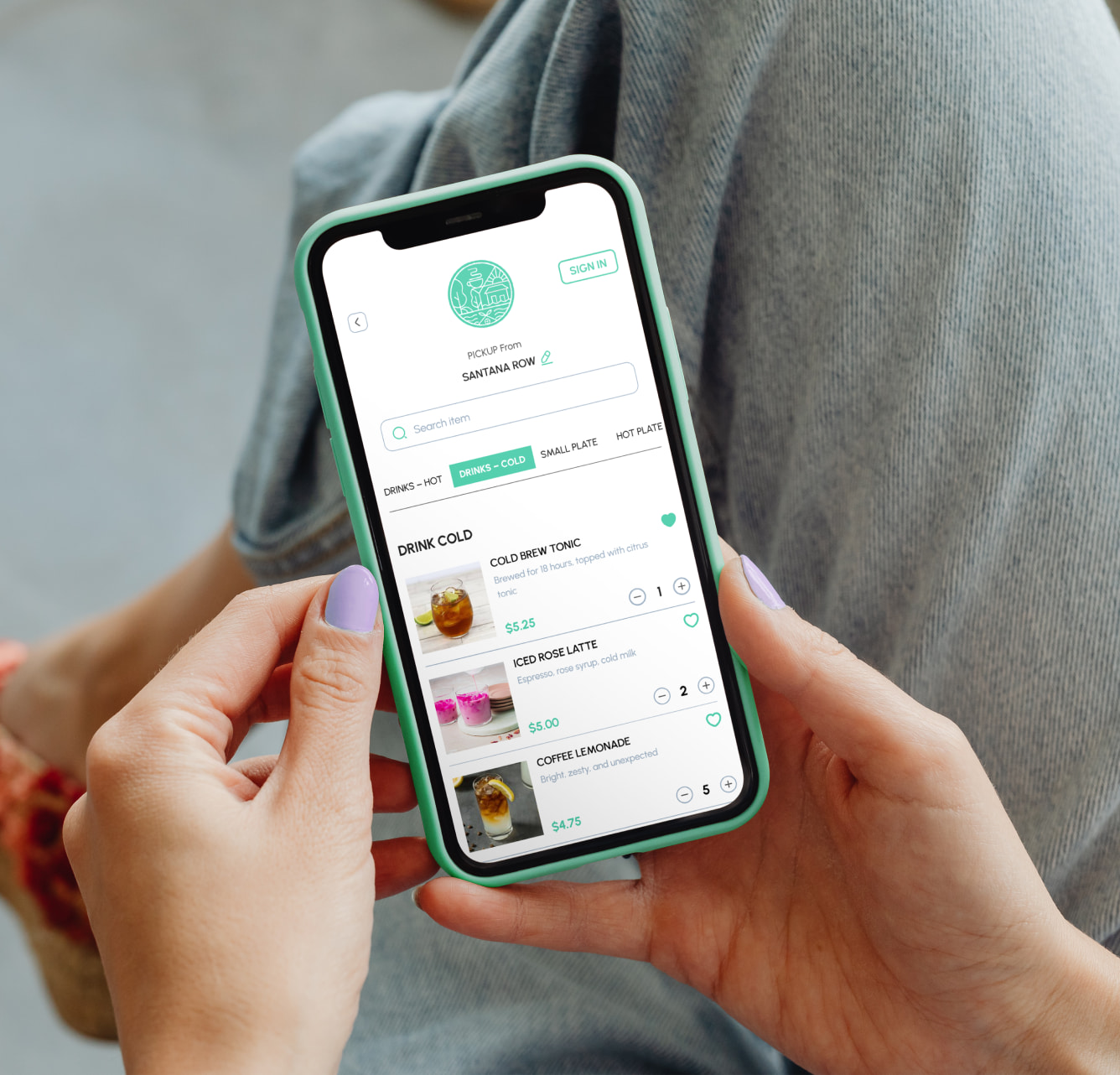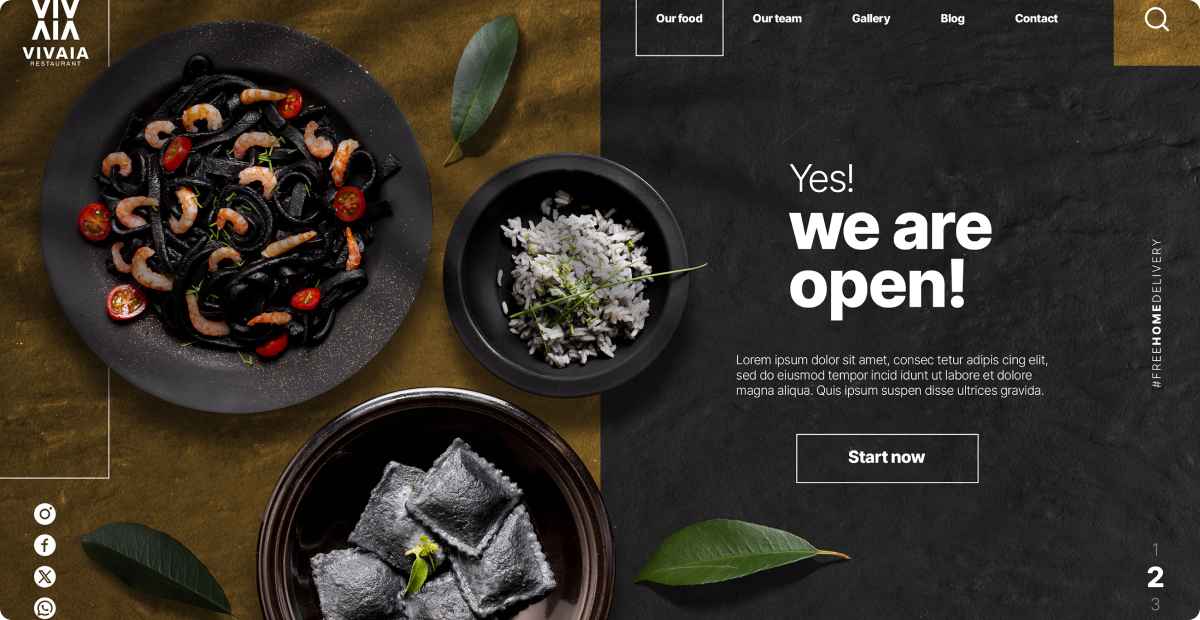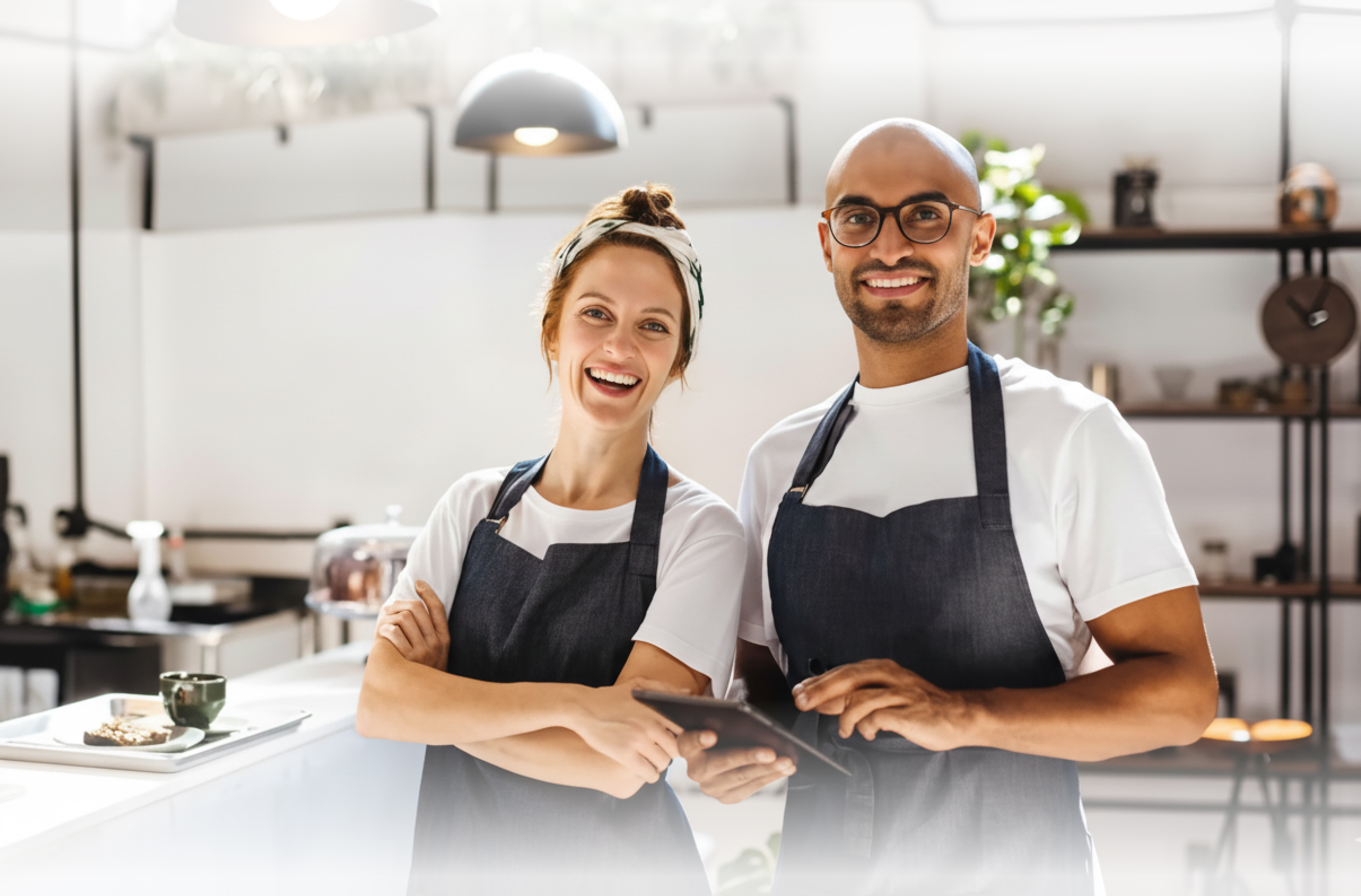Key Takeaways
The Evolution of Restaurant Sales in a Digital-First World
The restaurant industry has undergone a dramatic transformation over the past few years. Traditional dine-in models have taken a backseat, while delivery, takeout, and curbside pickup have become essential revenue streams. In an era where consumer expectations are evolving, digital ordering and seamless fulfillment are no longer optional—they’re necessary for survival and growth.
With competition in the online ordering space reaching new heights, restaurant owners must rethink their strategies to capture new customers and retain existing ones. The question remains: How can restaurants stand out and boost sales in 2025?
Let’s explore key strategies to enhance your delivery and curbside operations, increase revenue, and future-proof your business.
1. Elevate Your Digital Ordering Experience
Optimized Online Menu for Maximum Conversions
- Create a user-friendly, mobile-optimized menu with high-quality images and detailed descriptions.
- Highlight bestsellers, meal bundles, and add-ons to encourage higher order values.
- Offer customizable options to cater to diverse dietary preferences and trends (vegan, keto, gluten-free, etc.).
Streamlined Checkout Process
- Ensure frictionless transactions by reducing checkout steps.
- Accept multiple payment options, including digital wallets, BNPL (Buy Now, Pay Later), and cryptocurrency.
- Implement one-click reordering for returning customers.
2. Implement High-Profit Meal Bundles & Sides
Family Meal Bundles & DIY Kits
- Consumers love value-driven combos—offering family meal bundles or DIY meal kits (like Shake Shack’s cook-at-home burger kits) can significantly boost revenue.
- Bundle core menu items with profitable add-ons like sides, desserts, or beverages.
Turning Side Dishes into Star Performers
- Leverage high-margin sides and small plates to increase average order value.
- Create combo discounts that encourage upsells—e.g., “Add fries & a drink for just $3 more.”
- Offer unique, seasonal side dishes to keep customers engaged.
3. Enhance Curbside Pickup & Delivery Operations
AI-Powered Order Fulfillment
- Use AI-driven order management to optimize prep times and reduce wait periods.
- Implement real-time order tracking so customers know exactly when to pick up their food.
Geo-Fenced & Contactless Curbside Pickup
- Utilize geo-fencing technology to alert staff when a customer arrives for pickup.
- Set up dedicated curbside pickup lanes for faster service.
- Offer QR code-based check-in systems to minimize wait times.
Expanding Delivery Reach with Smart Partnerships
- Partner with third-party delivery platforms but prioritize your own delivery system to maximize profits.
- Introduce subscription-based delivery programs for loyal customers (like Panera’s Unlimited Sip Club).
- Leverage ghost kitchens to serve high-demand locations without adding overhead costs.
4. Use AI & Data to Personalize Marketing
Hyper-Personalized Promotions
- Use AI-powered analytics to track customer preferences and offer tailored discounts.
- Implement automated email & SMS campaigns with personalized meal recommendations.
- Launch loyalty rewards programs with exclusive perks for repeat customers.
Leverage Social Commerce & Influencer Marketing
- Optimize your presence on Instagram, TikTok, and YouTube by collaborating with food influencers.
- Enable direct ordering via social media platforms like Instagram and Facebook.
- Run geo-targeted ads to reach customers in your delivery radius.
5. Reinvent Limited-Time Offers (LTOs) for Maximum Impact
Data-Driven LTOs
- Use sales data to identify trends and create seasonal or event-based menu items.
- Introduce rotating chef specials or regional-exclusive menu items to keep the excitement alive.
Exclusive Digital-Only Menu Items
- Offer app-exclusive LTOs to encourage downloads and app usage.
- Implement time-sensitive promotions that create urgency (e.g., “Available only this weekend!”).
- Follow the footsteps of brands like Taco Bell’s Nacho Fries and McDonald’s Shamrock Shake that generate massive demand through LTOs.
Conclusion: Future-Proofing Your Restaurant Sales Strategy
Every restaurant must evolve to stay relevant in 2025. While delivery, takeout, and curbside pickup remain essential, success now depends on customer experience, AI-driven marketing, and innovative menu strategies.
By embracing tech-driven ordering, meal personalization, margin-boosting menus, and digital-first promotions, your restaurant can not only survive but thrive in the highly competitive landscape. The key is to adapt, innovate, and consistently exceed customer expectations.
Are you ready to upgrade your restaurant’s delivery & curbside strategy? The future of restaurant sales is now—seize it!
Frequently Asked Questions


.gif)
.png)



.png)



